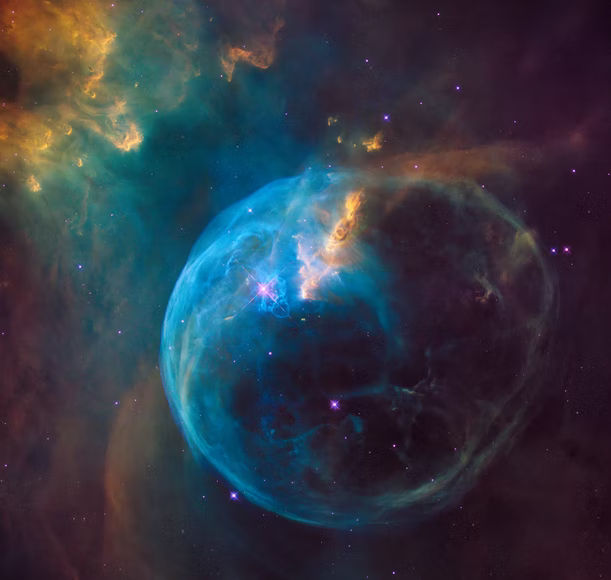NASA has confirmed the existence of 5,000 worlds beyond our own home planet, adding another 65 exoplanets to the space agency’s archive and marking a milestone in scientific discoveries.
Although the planets may have been around for millions of years, humankind started confirming their existence about 30 years ago. “It is not just a number, each one of them is a new world, a brand-new planet”, said Jessie Christiansen, a researcher at the NASA Exoplanet Science Institute, according to reports from CNN.
Also Read: NASA shares James Webb Telescope’s 1st photo of the universe and a selfie
Out of the 5,000 confirmed exoplanets so far, only 4% have terrain similar to Earth and Mars. About 30% are gas giants, 35% are Neptune-like planets and 31% are super-Earths.
These planets discovered and confirmed beyond our solar system are fairly diverse in nature, and not just on the basis of their terrain and atmosphere, but also on the basis of their size and neighbors. Some planets can orbit more than one star, while others can also go around remnants of dead stars, called white dwarfs.
Are any of the newly discovered planets suitable for humans?
Out of the 65 newly discovered and confirmed planets, only two come close to being Earth-like, however, still are not habitable. Christiansen said that these “hot rocks” have a size similar to the Earth but are about 327 degrees Celsius. Most of the other planets have conditions that would be too harsh for humans.
Even though only 5,000 exoplanets have been confirmed by the scientific community so far, it is a common prediction that there are billions of them spread around the Milky Way galaxy.
Also Read: International Space Station to be retired in 2031 after 3 decades in orbit
NASA researcher Christiansen, while sharing a “mind-blowing” fact, said that “of the 5,000 exoplanets known, 4,900 are located within a few thousand light-years of us”, according to reports from CNN.
Christiansen added, “And think about the fact that we’re 30,000 light-years from the center of the galaxy; if you extrapolate from the little bubble around us, that means there are many more planets in our galaxy we haven’t found yet, as many as 100 to 200 billion.”







